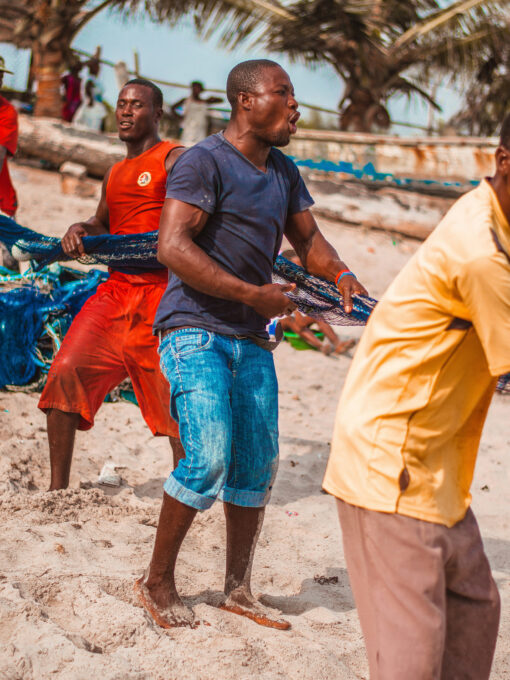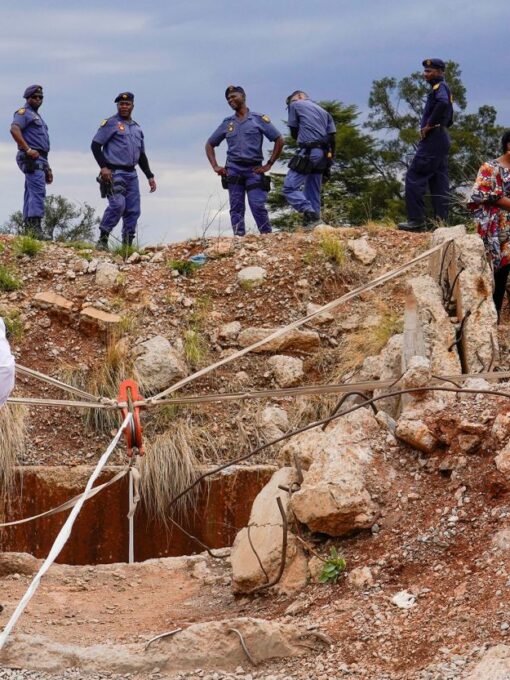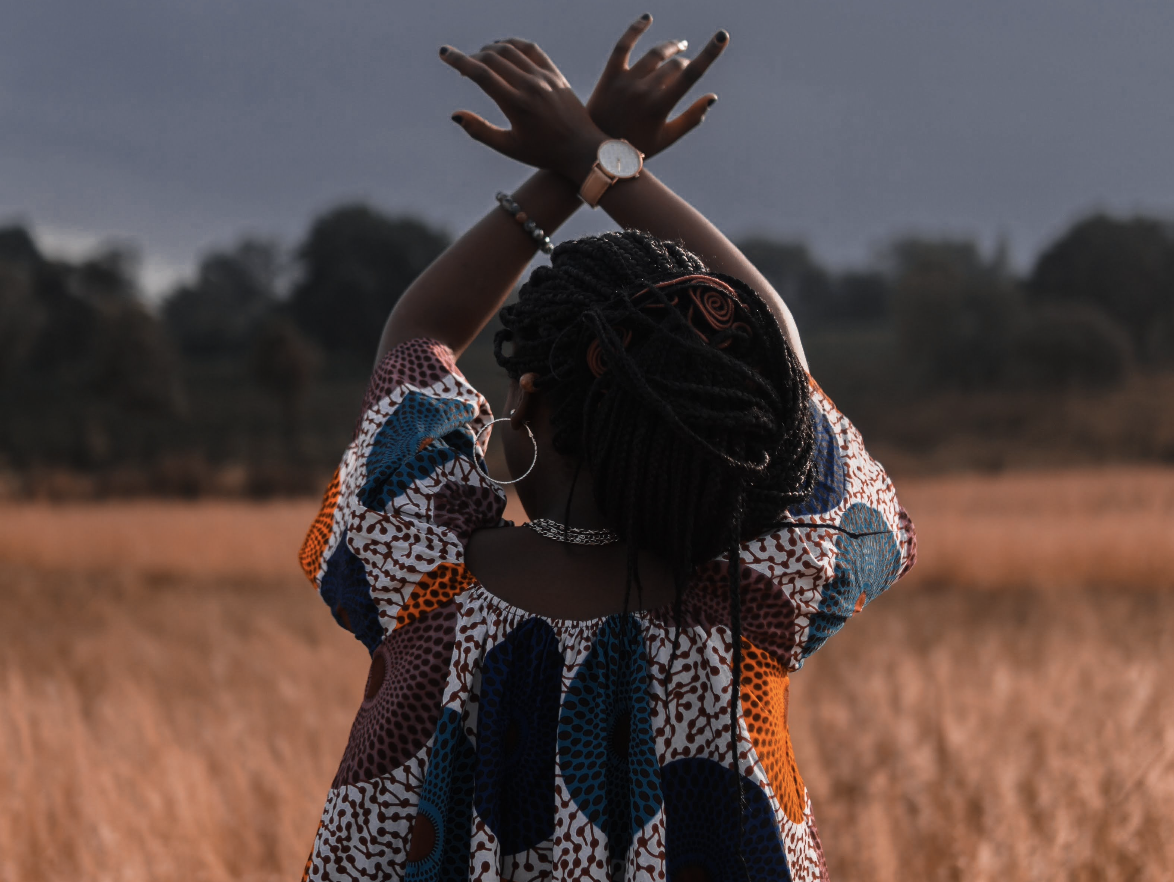Absent a vaccine or treatment, the only solution we have to combat COVID-19 is to wear a mask.
As the constant surge of information regarding the new coronavirus enclosing the people in a worldwide pandemic continues to change, it cannot be stated enough that disinformation and conspiracy theories should be dispelled. Information from top health officials like Dr. Fauci should be heeded and taken with all seriousness.
As numerous countries such as the U.S, Brazil, India, South Africa, and more are reporting surging cases, on the other hand, nations such as Iceland, New Zealand, and Cameroon report that attempts to “level the curve” is working.
However, top health officials warn that people around the world must be prepared for the related impacts of COVID-19 into 2021.
Given the many complexities and uncertainties of this new coronavirus, the CDC continues to recommend that everyone wear their face masks, or nose and mouth coverings in public.
The CDC says that healthcare staff must wear N95’s and surgical masks, which have proven to offer the highest level of protection against COVID-19 infection.
However, such masks are costlier, limited in supply, can lead to landfill waste and are uncomfortable to wear for longer periods.

What are the most effective Fabrics for making face masks for COVID-19? All fabrics aren’t as effective in filtering out airborne particles.
The CDC notes that when filtering out airborne particles, not all fabrics are effective in doing the same job. A study done by the Wake Forest Baptist Medical Center (WFBMC) investigated which household materials best-removed particles of 0.3-1.0 microns in diameter, the typical size of viruses and bacteria.
WFBMC concluded that the best options include high quality, heavyweight “quilter’s cotton” or multiple layers of material. Scarves, single layer masks, double layers of lower quality, lightweight kinds of cotton and bandana material were less effective, but still captured a fraction of particles. Again, it’s critical to emphasize that any covering, including a bandana, is better than none.
The explanation behind the present social distancing norm
Saliva droplets and respirable aerosols travel at a distance of some six feet from an infected person. This fact is the reason for the current social standard of keeping such a distance from other people in public.
Making contact with the virus-infected droplets and aerosols spreads the disease. The importance of wearing a mask over one’s mouth and nose is crucial to slowing the spread of the infection.
A mask curbs the inhalation of particles having the virus and is critical for slowing the coronavirus spread. The current social norm is to keep a distance from other people in public and serves as a preventive measure.
Why do people refuse to wear face masks?
The decision is an easy one for the pro-mask camp: “It’s a piece of cloth!” they argue. “What’s so hard about wearing it? You have a moral and social responsibility, as a potential asymptomatic carrier, to not endanger others!”
But non-mask wearers won’t bend. “A mandate encroaches on my freedom; it’s my individual right not to wear one.” David B. Abrams, a social and behavioral sciences professor at the NYU School of Global Public Health, said the stridency of opinions and extreme polarization over masks can be chalked up to one thing, an unknown virus, causing an unfamiliar pandemic.
And our hope lies in whatever makes us feel safe at the moment. “Humans, like other primates and other mammals, have a strong inherent, underlying survival instinct that gets hyper-stimulated under the sudden threat of an unknown enemy,” he told HuffPost.
“This leads to what psychologists call ‘hot cognition’ with a strong and powerful set of emotions that completely override and erase the usual rational cool thinking.”
However, Shane G. Owens, a psychologist and the assistant director of campus mental health at Farmingdale State College (SUNY), adds that to peer pressure a non-mask wearer, it might be helpful to “point out that states such as New York, New Jersey and Connecticut with stay-at-home and mask directives have minimized the disease’s spread.”
Conclusion
Face masks with double layers of cotton are the most common today. These types of masks are also recommended by top health officials around the world as the most effective measure currently available in protecting yourself and slowing the spread of the virus. By wearing these masks, people will keep themselves and their family members healthy as we attempt to “level the curve” of the COVID-19 outbreak.
Daniel Okpare is a COVID-19 Community Engagement Specialist at NYC Health + Hospitals & MPH Candidate in Health Management at NYU, School of Global Public Health. Edited by Najimdin Pedro, MD, MPH


 The Long Wait for Justice in Kenya’s Police Violence Cases
The Long Wait for Justice in Kenya’s Police Violence Cases  The Human Cost of Illegal Mining in South Africa
The Human Cost of Illegal Mining in South Africa  World Health Organization Awards Namibia For Near Elimination Of All Childbirth Transmission Of HIV And Hepatitis B
World Health Organization Awards Namibia For Near Elimination Of All Childbirth Transmission Of HIV And Hepatitis B  Everything Prince Harry and Meghan Markle Did On Their Visit To Nigeria (Including That Secret Stop)
Everything Prince Harry and Meghan Markle Did On Their Visit To Nigeria (Including That Secret Stop)  Looking For A Fun Workout? Try This 15-Min Afrobeat Fitness Routine!
Looking For A Fun Workout? Try This 15-Min Afrobeat Fitness Routine!  Twins and Models Battle the World’s Most Common Genetic Disease: Sickle Cell
Twins and Models Battle the World’s Most Common Genetic Disease: Sickle Cell  Call me “Thandiwe” because that’s my name.
Call me “Thandiwe” because that’s my name.  Sonia Roland Questioned In Gabon Fraud investigation
Sonia Roland Questioned In Gabon Fraud investigation